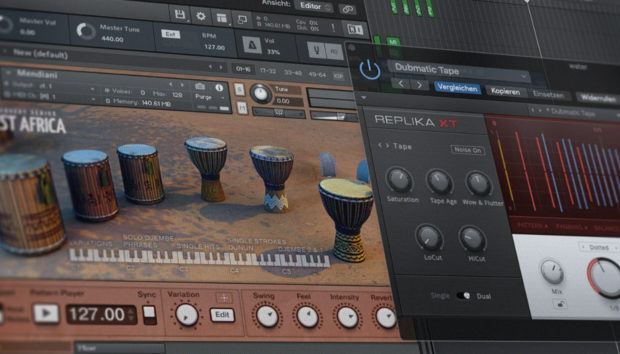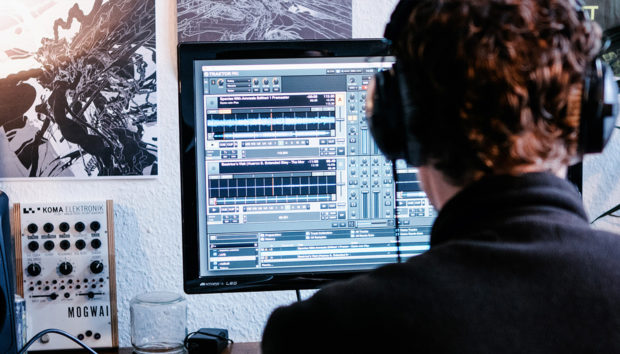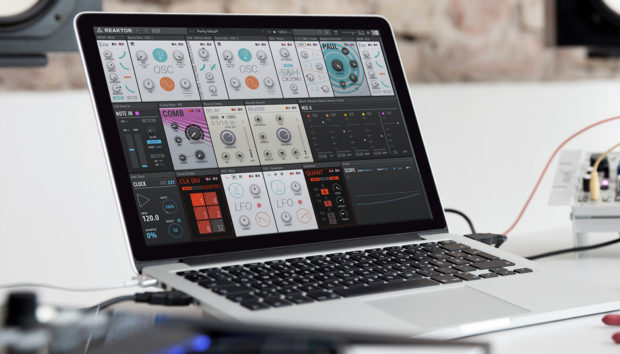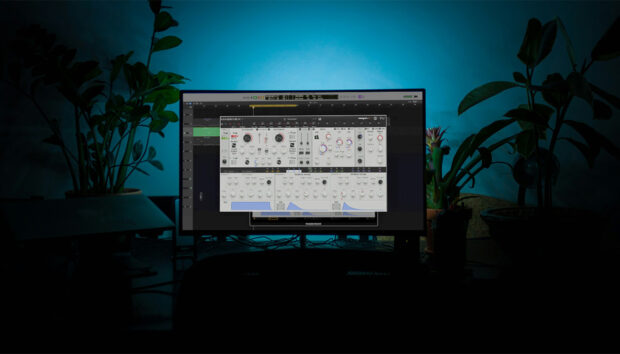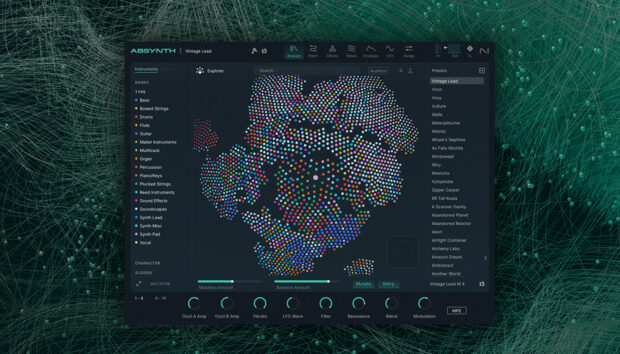
IDM (intelligent dance music) is characterized by its complex rhythms, intricate melodies, and experimental sound design, often blending elements of ambient, techno, and electronica. This style of music challenges conventional song structures and expectations, making it an exciting electronic playground for songwriters and producers to play in.
In this tutorial, we’ll explore key characteristics of IDM music and learn how to create an intelligent dance music track from scratch using Native Instruments plugins and instruments.
Jump to these sections:
Follow along with this tutorial using Komplete, a suite packed with thousands of editable presets, kits, loops, and one-shots, all easily customizable with macros and effects.
What is IDM music?
The definition of IDM, which stands for intelligent dance music, is a style of electronic music that originated in the early 1990s, and is defined by experimentation rather than one specific genre. IDM tracks and artists don’t follow traditional standards laid out by other genres; artists working within this genre tend to combine influences from a wide variety of genres.
Early IDM artists include The Future Sound of London, Orbital, Aphex Twin, Autechre, Squarepusher, μ-Ziq, The Black Dog, and Plaid. The list of artists who have created IDM is long, as the genre is challenging to define, and includes artists like Moderat, Four Tet, Apparat, Leftfield, and Boards of Canada. Labels who have released releases that classify as IDM include Warp, Black Dog Productions, R&S Records, Carl Craig’s Planet E, and Planet Mu, among many others.
Notable IDM tracks
Aphex Twin
Aphex Twin is one of the most influential and important artists in contemporary electronic music. His work draws influence from many styles, including techno, ambient, acid, and jungle and he’s described as a pioneering figure in the intelligent dance music (IDM) genre.
The Future Sound of London
The Future Sound of London is a British experimental electronic music duo. Formed in 1988 in Manchester, their music style covers most areas of electronic music such as techno. drum and bass, house, trip-hop ambient dub and often incorporates elements of jazz classical and psychedelic rock. In 1991, they released their breakthrough single, “Papua New Guinea” on Jumpin’ & Pumpin’ which charted at #22 for seven weeks in 1992.
Orbital
Orbital are an English electronic music duo from Dunton Green, Kent, England. In late 1992, Orbital released one of their most popular songs, “Halcyon.” The track featured a sample of Kirsty Hawkshaw from “It’s a Fine Day.”
How to make an IDM track
1. Start with the drums
Choose a few of your favorite drum samples from a Native Instruments Expansion to use. In this example, drum samples from the Aquarius Earth Expansion are used to create the beat. Set the tempo of Ableton to 116. Create a blank MIDI track one bar in length, and add your samples into a Drum Rack. Program a kick on Beats 1, 1.1.3, and 1.3. Add a kick on beat 1.2,4, and then slide it back a bit, so it creates a laid back feel.
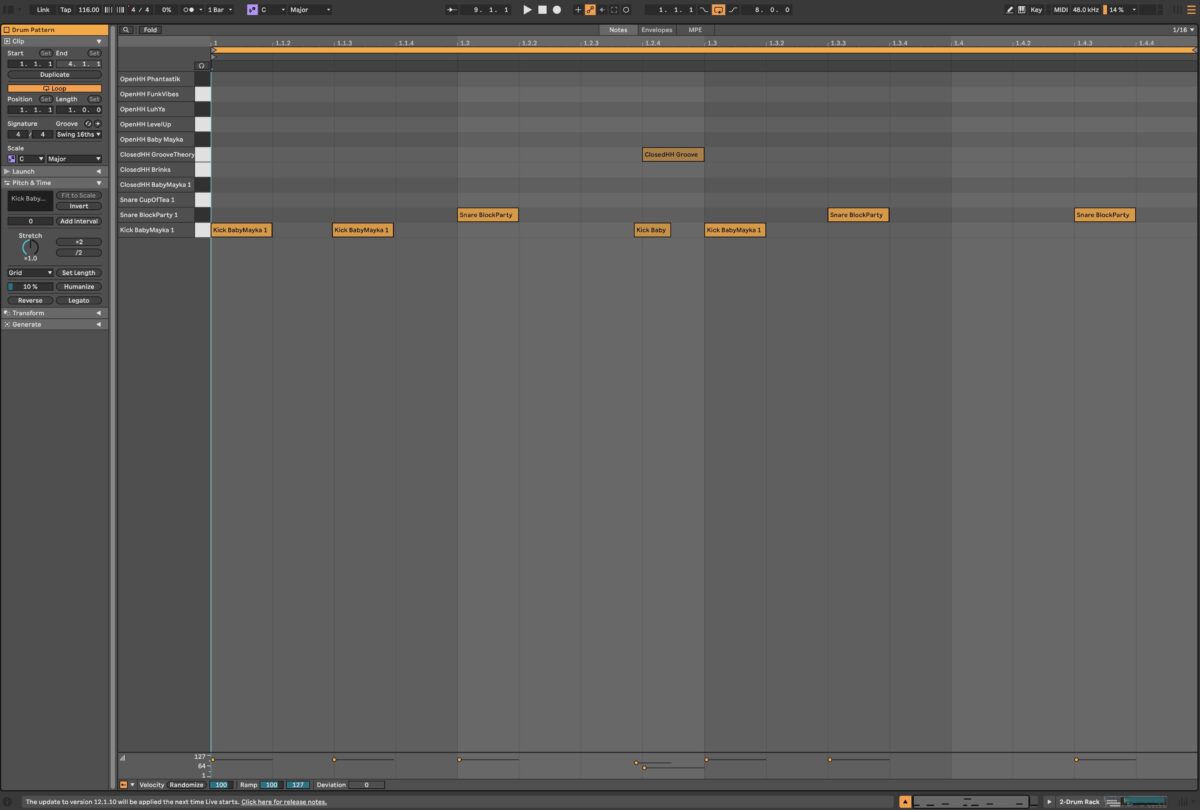
Choose a snare and program it on beats 1.2, 1.3.3, and 1.4.3. Select a closed hi-hat and program it on beat 1.2.4.
You can also create your own rhythm. Create a new MIDI track and add a simpler. Drag a closed hi-hat sample into it, and program it on beat 1.4.4. Drag the MIDI note back a little, so it starts slightly before 1.4.4.
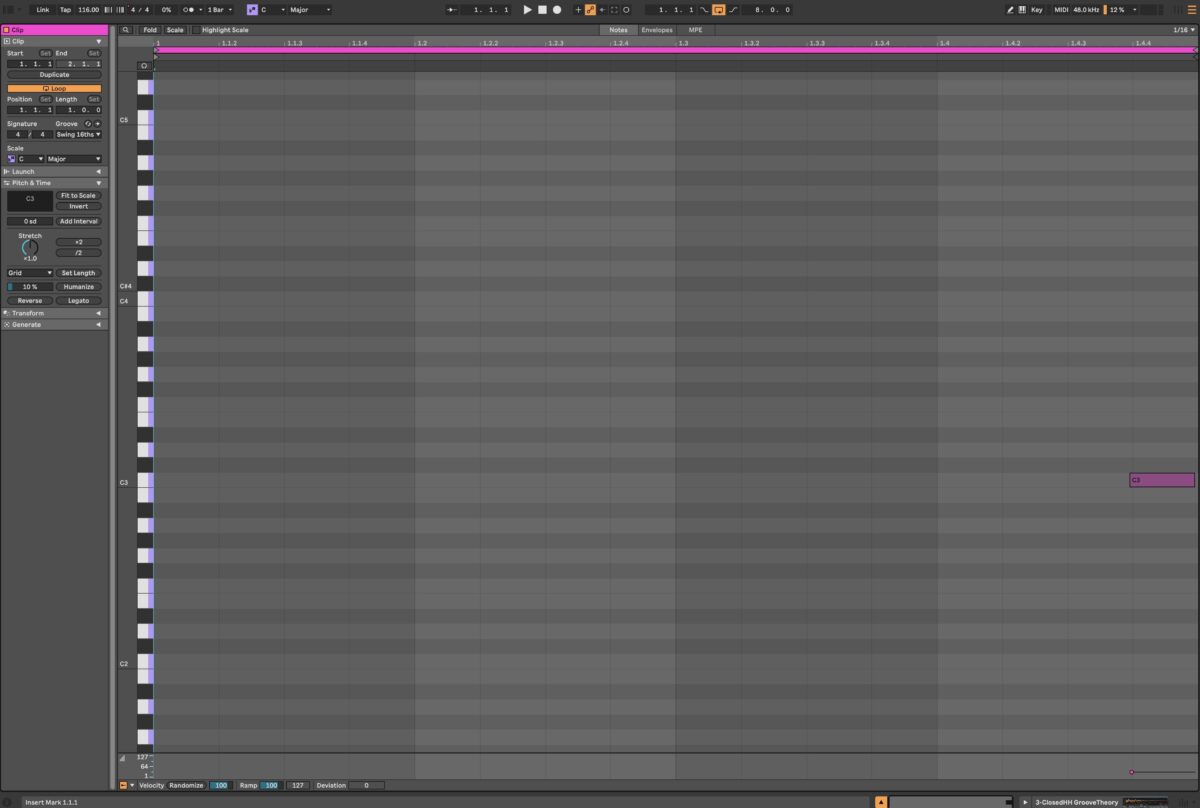
Create a new MIDI track and add a simpler. Drag a percussion sample into the simpler, and program it on beat 1.4.2. Drag the MIDI note back a little, so it starts before 1.4.2. Create a return track in Ableton, and add Raum, a reverb plugin to it. Send the percussion sample to the Raum return track by turning up the A send knob.
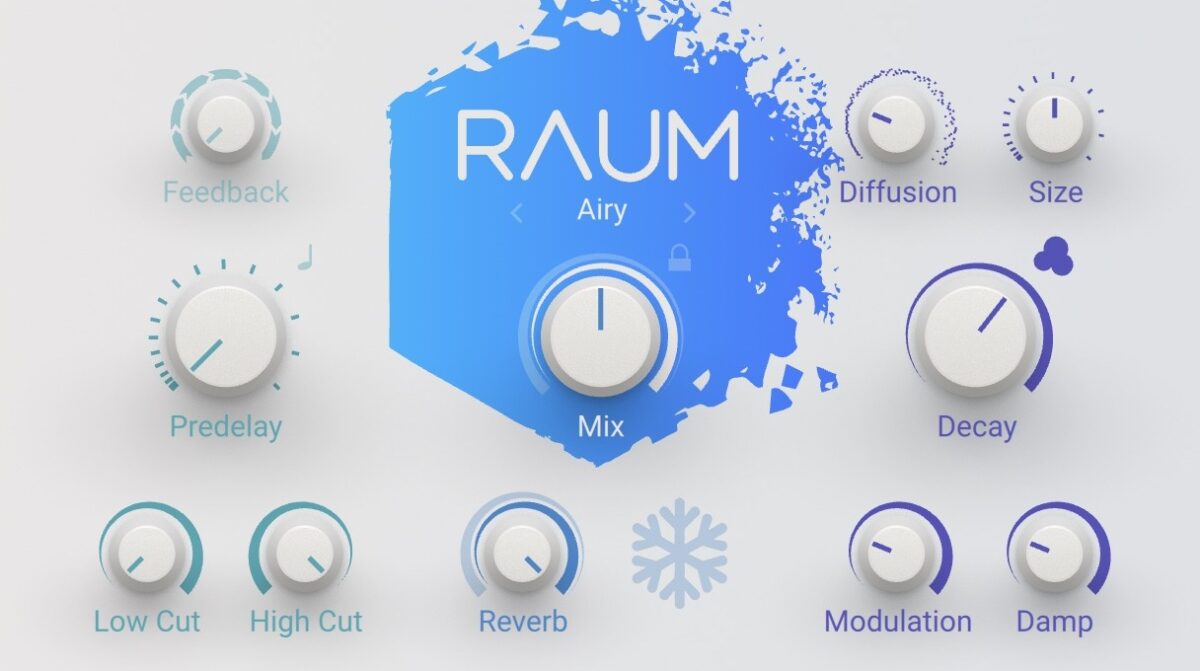
Add a sample from the Leap Expansion Drum Break Library to an Audio track. The sample in the example below is the Shaker sample from the Nuclear Kit Samples. Listen to the drum loop below to hear how the drums sound.
Group your drums together and saturate the drums by adding Supercharger GT. This plugin will help to glue together the drum bus.
2. Create atmospheric pads
Create a new MIDI track, and add an instance of Massive X. Choose a Pad sound, in this example Penny Whistle is used. Create a chord progression for the track. If you’re new to writing chord progressions, you can try composing the chords using the Chords tool in Kontakt.
Add an EQ to the track to cut off everything above 4 kHz, especially if you use the Penny Whistle preset. Duplicate the track, drop it down by an octave and EQ the track to taste. Group the pads together and add Ableton’s Auto Pan.
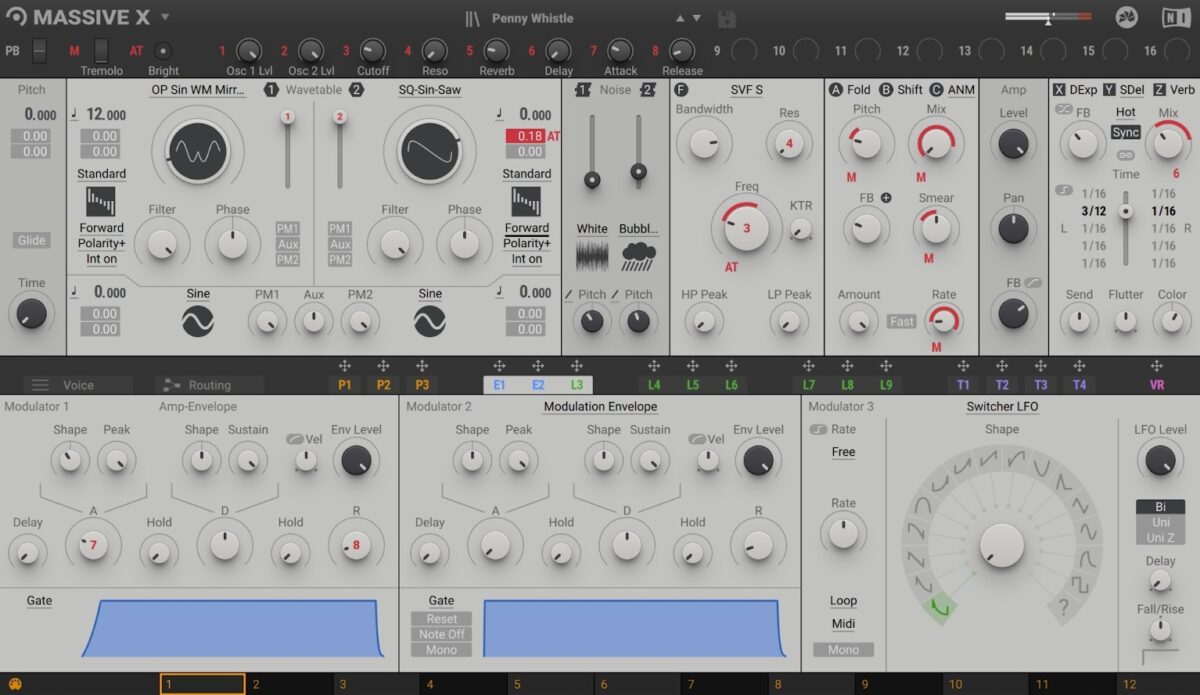
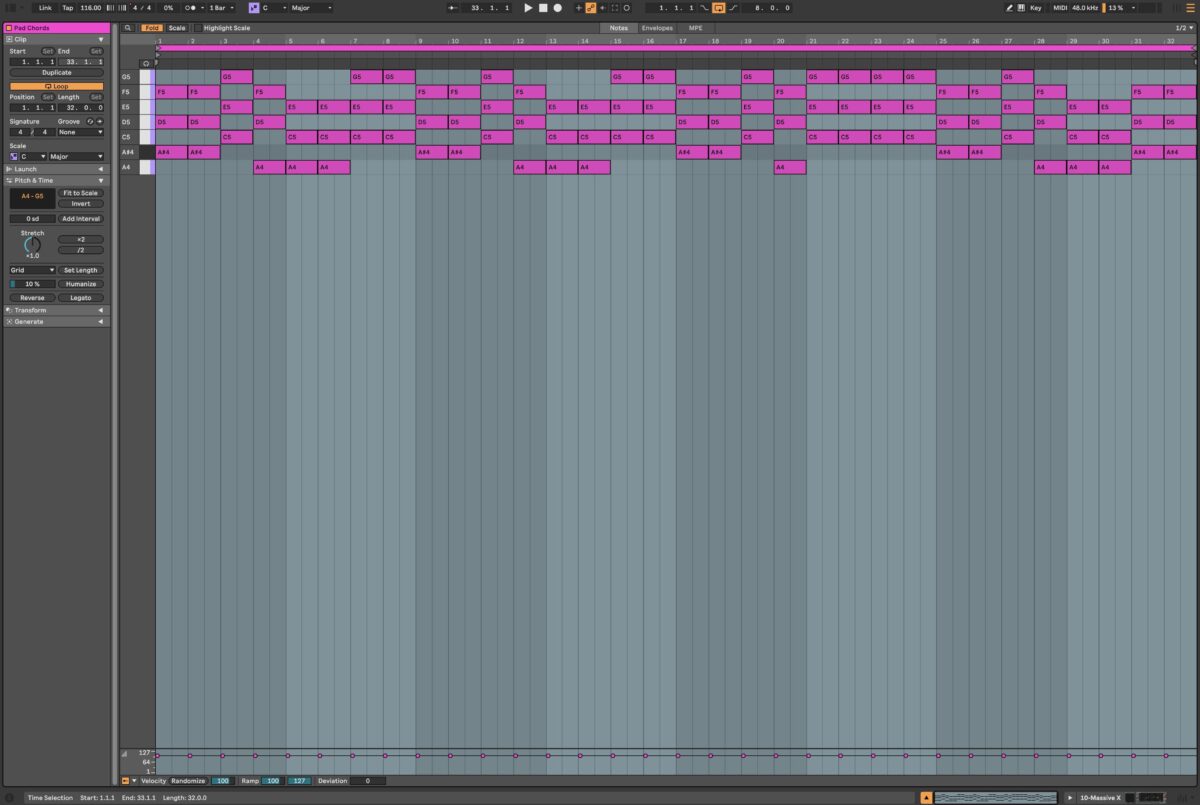
Create a return track and add Replika, a delay plugin, and select the Sigma Draconis preset. Send the pads to the return track with Replika.
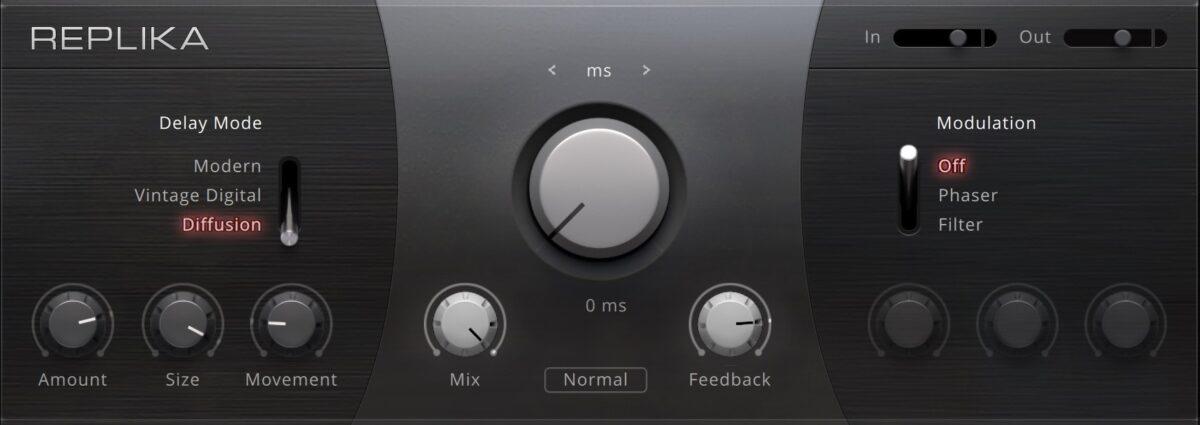
3. Add a guitar
Add an acoustic guitar to your track by creating a MIDI track, and add Kontakt. Open the Session Guitarist Strummed Acoustic 2 instrument, and choose the Handmade preset. Copy the MIDI chord progression from the pad track to the guitar track.

To process the sound further, create a return track and add Guitar Rig 7. Choose the Irish Delay preset, or another preset you like and send the guitar to the Return track.
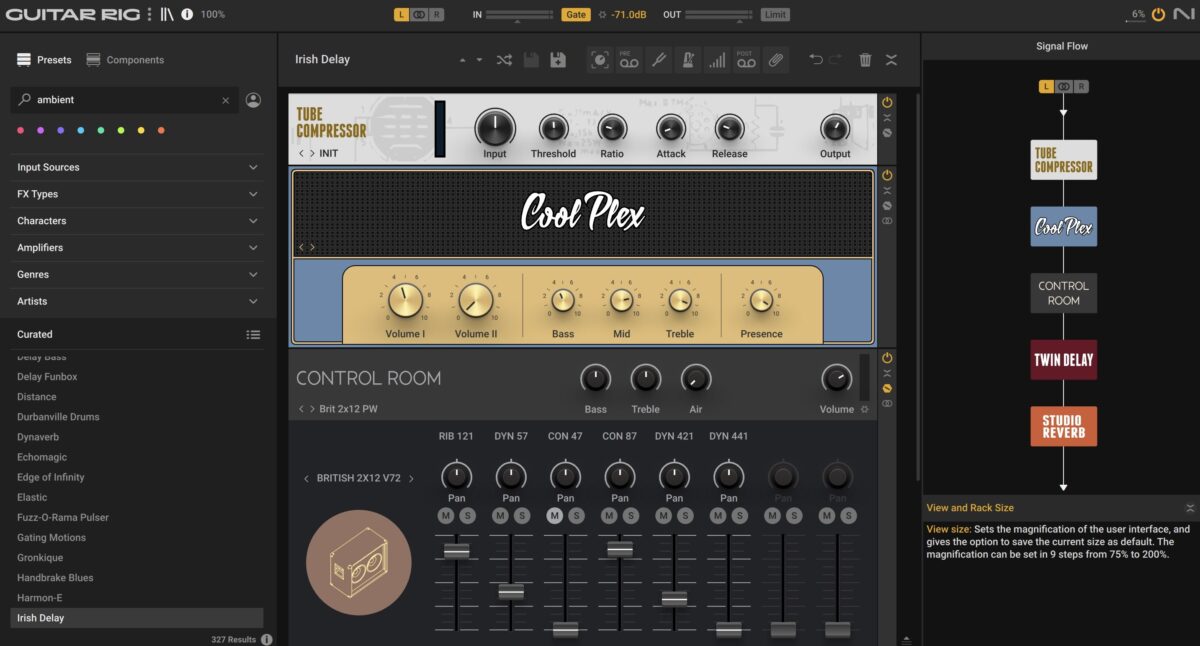
4. Write a bass line
To write an IDM bass line, add a MIDI track and add Monark and select the Defined preset. Copy your chord progression from the Pad track, and drop it down a few octaves.
Use the root note of each chord (often the lowest note in the chord) as your bass line, and create a rolling bass line by shortening the notes, and programming them onto beats 1, 1.1.3, 1.2, 1.2.3, 1.3, 1.3.3, 1.4, 1.4.3, etc.

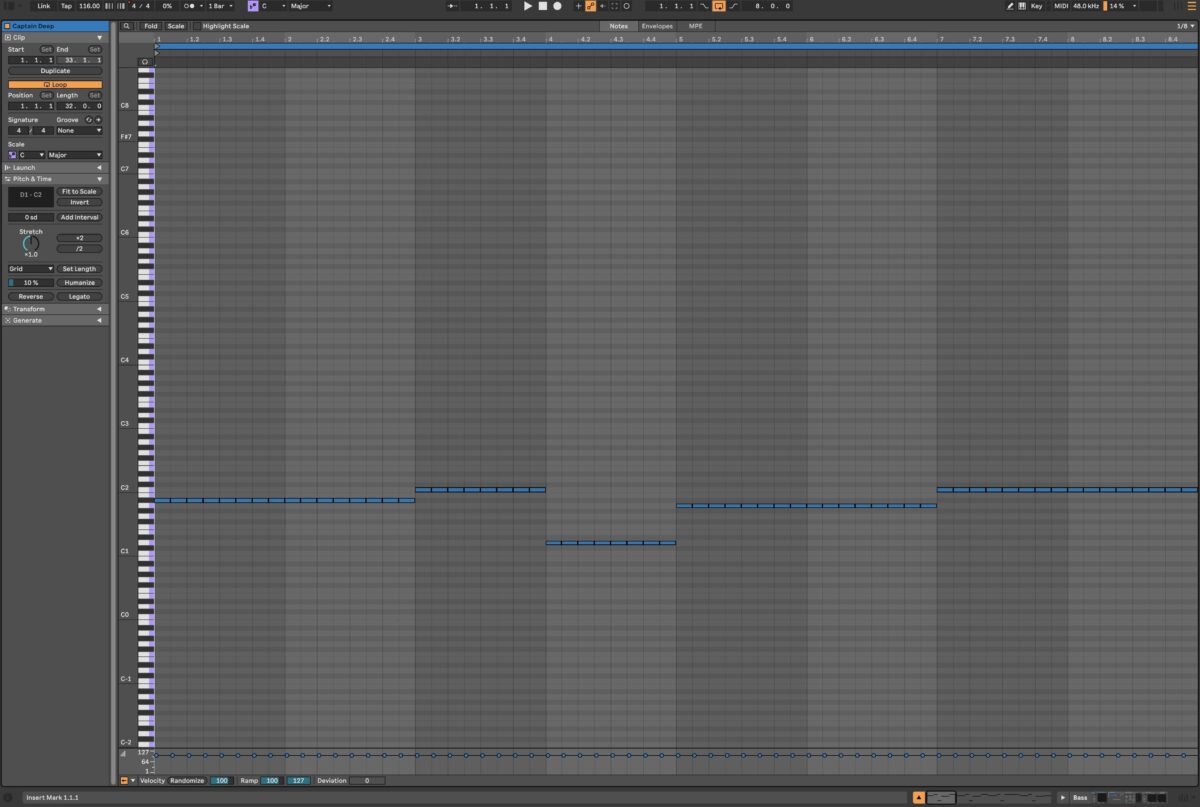
Create a melody, (in this case a few blips!) by creating a blank MIDI track and adding Massive. Load the Lunar Echoes Expansion and from the Synth Leads, choose the Highway Electrik 1 preset.
Create a minimal melodic pattern that compliments the rest of the elements in the track.
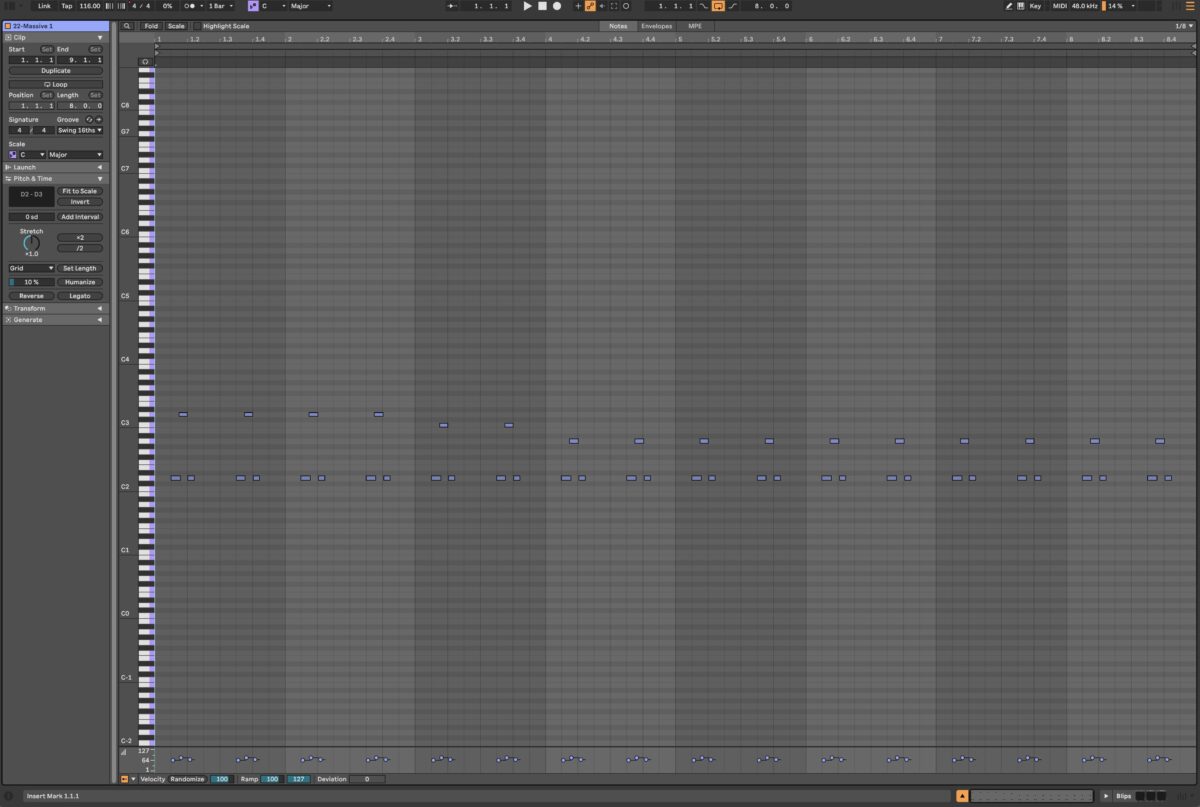
And here’s how the final IDM track sounds using our drums, pads, guitar, bass, and melodic elements.
Start producing intelligent dance music
IDM is a fun and relaxing genre to produce, and relies heavily on experimenting with different types of sounds. If you’re looking for a new style to produce this year, intelligent dance music is a fascinating genre to explore.
Get yourself equipped to produce IDM by picking up a copy of Komplete, and using the wide variety of plugins, instruments and tools it offers. With a little effort and dedication, you’ll be producing all sorts of creative IDM beats, and having a lot of fun in the studio!
If you’re looking for more guides, check out our walkthroughs on how to produce music, how to make house music, and seven ways to amp up your atmosphere.
